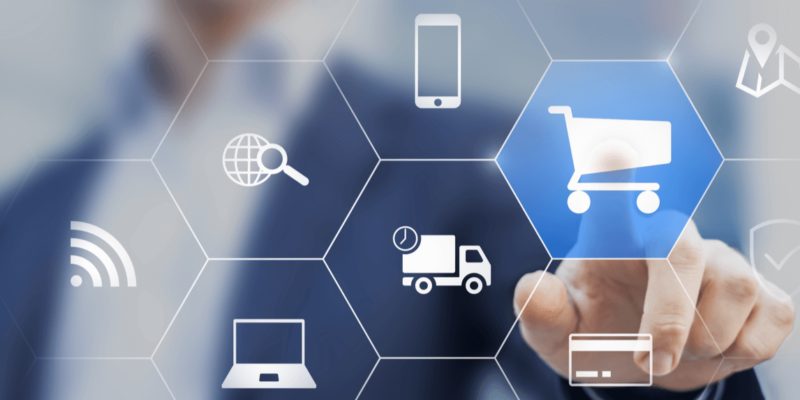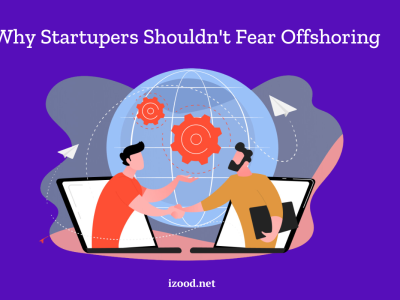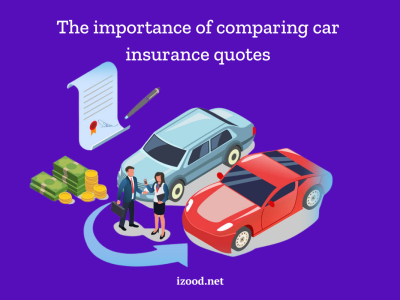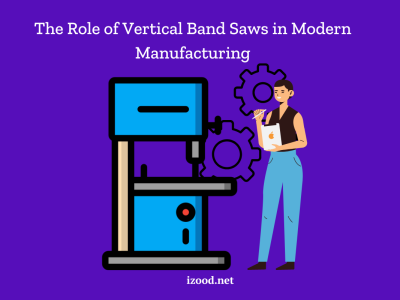
Customers today expect fast, seamless deliveries in the dynamically changing landscape of online shopping. E-commerce logistics are at the core of this experience. The logistics providers facilitating digital marketplaces have been quick to adapt to changing consumer trends in recent years.
In the past, e-commerce logistics were limited to delivery services. Cutting-edge advancements such as drone delivery, radius mapping, and local drop points are a fact of life. Changes in customer expectations and the mass advent of online shopping are contributing to these trends.
Same-day shipping
Same-day shipping has the potential to revolutionize e-commerce delivery. Customers are keen on getting what they ordered as soon as possible and don’t want to wait days. In this context, drone delivery is no longer a figment of the imagination. Drones are providing deliveries in hard-to-access areas now. They are improving delivery speeds massively, which is crucial for products that require timely drop-off. A drone can deliver an item within half an hour of it being ordered online.
Local drop-off points
Some logistics companies have done away with delivering packages to one’s home where the customer is stuck waiting for them to arrive. Customers can now pick up their packages at local drop-off points in the area, including retail kiosks that provide flexibility and safety.
Radius mapping
An e-commerce platform that makes use of a radius map tool can visualize its reach. This can help the retailer establish how far they can deliver goods or dispatch their service crews. Such tools can be crucial in the context of rural logistics and e-commerce. They can provide a solution to remote areas and make sure each customer can access delivery regardless of where they live. This technology can be facilitated by innovative options such as local distribution centers or mobile collection points.
Eco-friendly logistics
Sustainability is a core consideration for many companies, including logistics providers. They are looking for ways to reduce their carbon footprint, which include electric delivery vehicles, reusable containers, and more. Packaging is no exception in the context of environmentally conscious logistics operations and delivery systems. Considering factors such as packaging materials, cost, and size is paramount.
Eco-friendly packaging has become one of the latest e-commerce trends. Brands enhance their image by choosing these sustainable alternatives.
Self-driving vehicles
The so-called last-mile delivery, which is the end stage of the delivery process, continues to pose unique challenges for e-commerce. As the number of private deliveries to residential areas grows, delivery companies must manage complicated addresses, navigate congested routes, and deal with time-sensitive deliveries. This has ushered in novel products such as self-driving vehicles and crowdsourced e-commerce delivery models.
Real-time tracking
Real-time delivery tracking will go mainstream if it hasn’t already. Nobody wants to waste their whole day waiting for a delivery. Real-time monitoring enables customers to obtain live updates on when they can expect the driver to arrive.
Robots and automation
Robots are helping with storage capacity and accelerating goods dispatch. There is also a trend toward localized warehouses. Some delivery companies are setting up small local warehouses near dense customer hubs instead of using a massive, central warehouse.
Personalized delivery
Personalized deliveries, like a surprise free gift or a special note to the recipient, can enhance the after-purchase experience. Other ideas include customized packaging and personalizing the delivery features. For example, some companies let customers choose the delivery date or person, set a budget, or use a voucher for a shipping discount. The tendency seems to be an alternative strategy for new market entrants to meet the e-commerce sector’s competitive requirements.
This trend will become more pronounced in the future of e-commerce delivery. Customers will always want to control the delivery of their orders.
Also Read: “how to return a gift on amazon“
System integration
One last significant advance in logistics involves process blending. Businesses are focused on being more efficient and faster. Tech platforms incorporate inventory management, order processing, and customer communication. This system integration guarantees updated inventory levels and reduces the risk of overselling while making sure customers stay informed about what they purchase.







